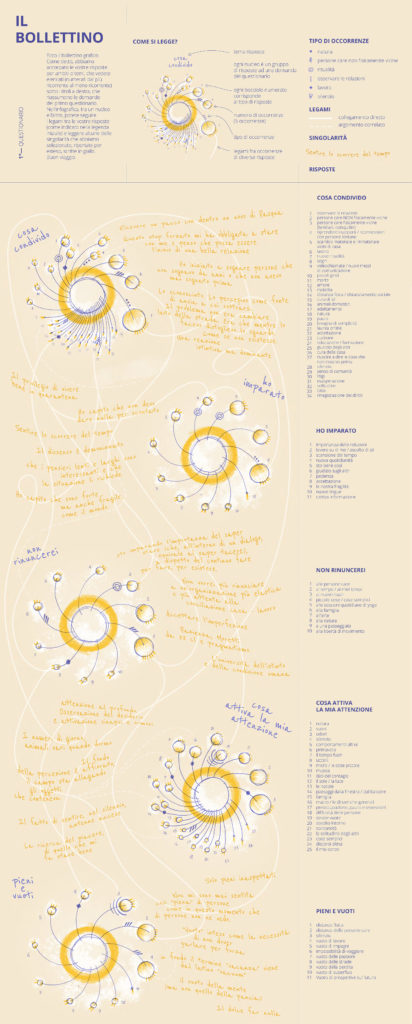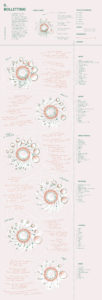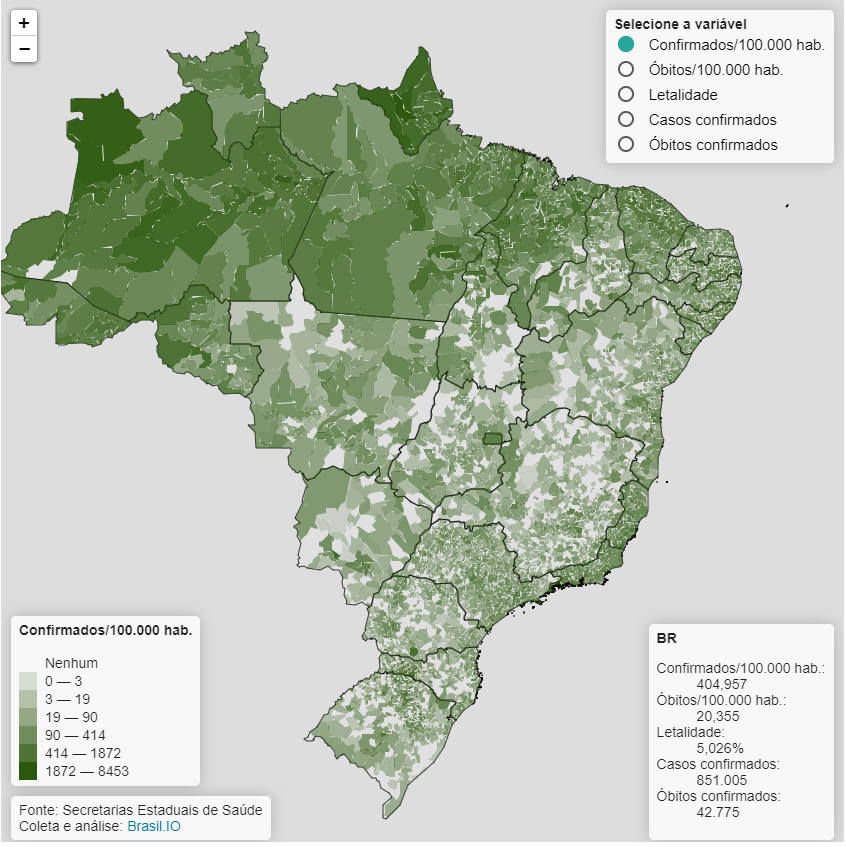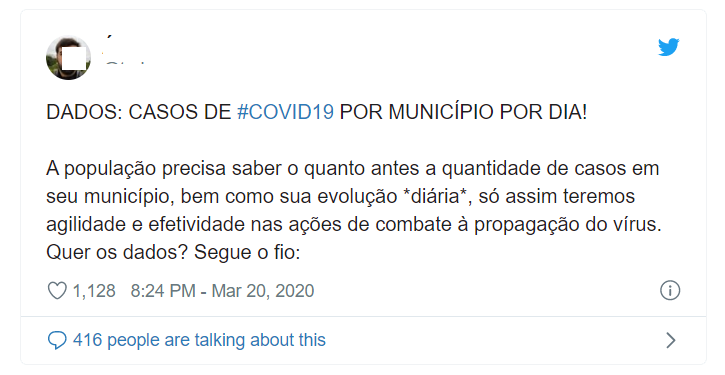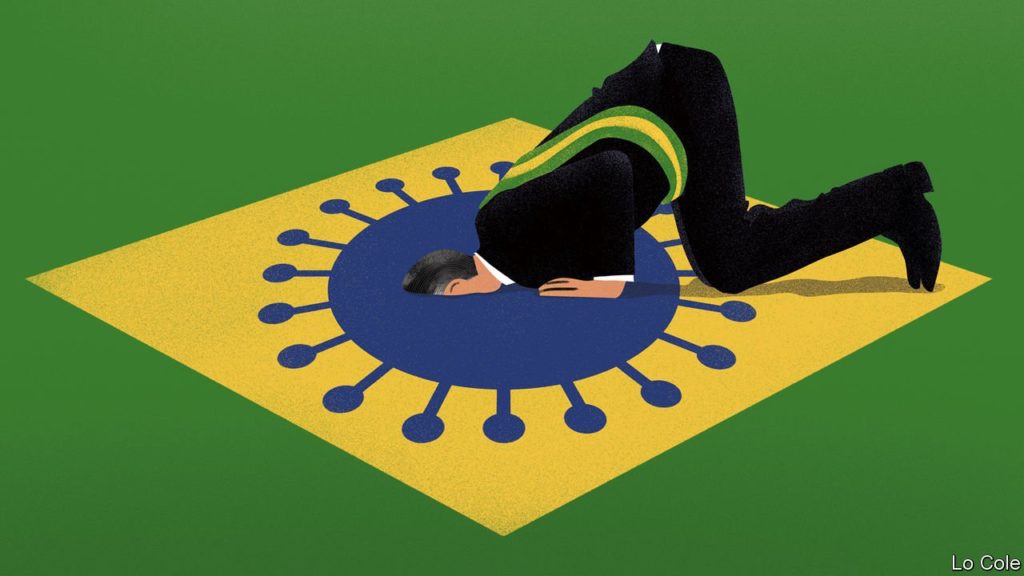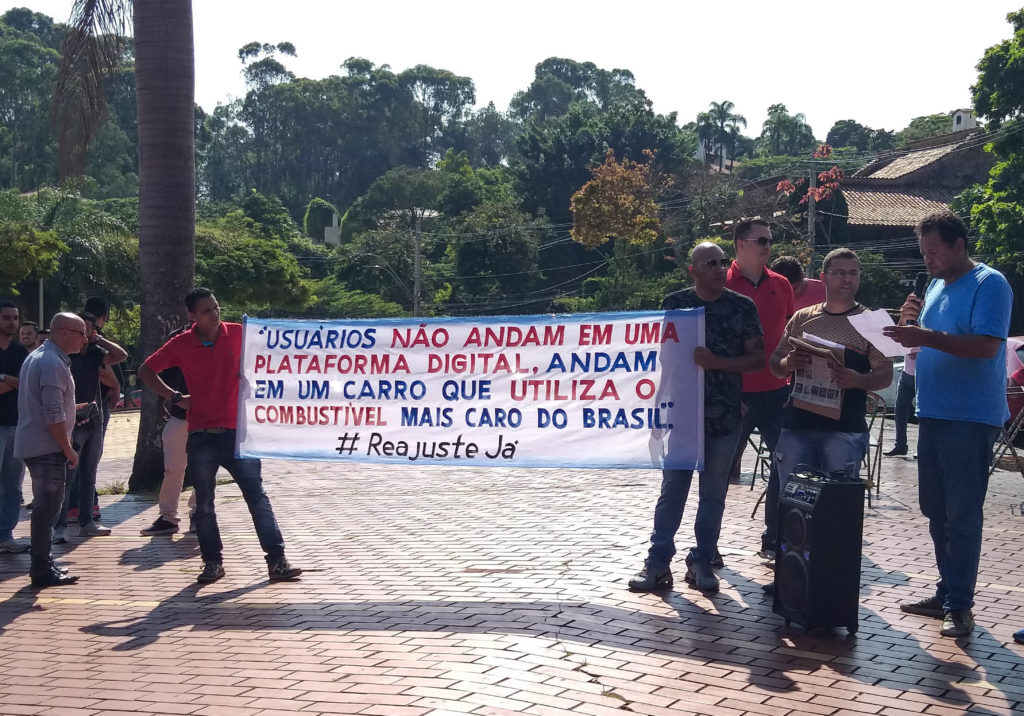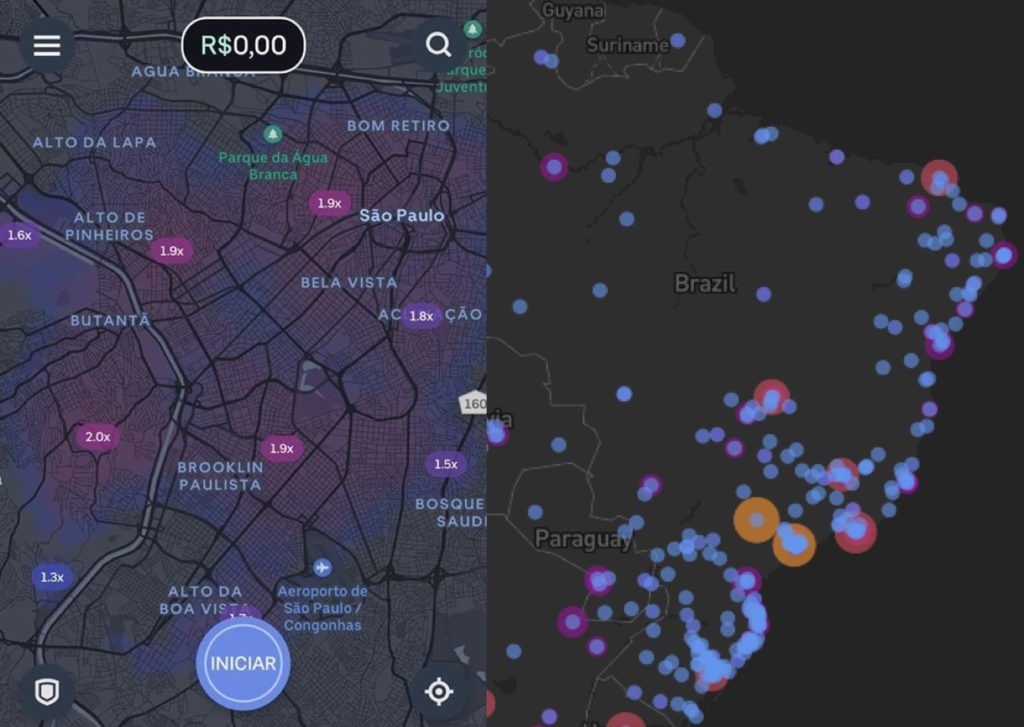by Marie Petersmann and Anna Berti Suman
Adapted from Petersmann, M. and A. Berti Suman, Sensing COVID-19 and Climate Change. Environmental Law Blog, May 2020.
Over the past weeks, a plethora of articles explored the relations between the COVID-19 crisis and the climate catastrophe by framing the former as an opportunity to learn lessons for tackling the latter. Among the firsts was an essay by Bruno Latour, inviting us to address the current pandemic as a ‘dress rehearsal’ that incites us to prepare for climate change. Elsewhere, Latour argued that the pandemic had ‘actually proven that it is possible, in a few weeks, to put an economic system on hold everywhere in the world and at the same time, a system that we were told it was impossible to slow down or redirect’. Yet, despite the fact that both events constitute globally shared ‘collective’ experiences, immediate societal responses to them vary greatly. While both events are partially intertwined in their causes and effects, their differences in spatio-temporal scales and socio-ecological implications make socio-political responses to them difficult to compare.
Of course, this is not to say that links between the two events do not exist. The outbreak of the zoonotic COVID-19 is entangled with multiple and often interacting ‘threats to ecosystems and wildlife, including habitat loss, illegal trade, pollution, invasive species and, increasingly, climate change’.
Impacts
On a positive note, we observed a widely shared enthusiasm among the climate scientific community when the measurements of the European Copernicus agency registered an unusual drop in nitrogen dioxide levels in February 2020, as analysed by NASA’s ground observation team. The COVID-19 is indeed set to have caused the ‘largest ever annual fall in CO2 emissions’, more than during any previous economic crisis or period of war. Studies also showed, inversely, that low levels of air pollution may be a key contributor to prevent COVID-19 deaths. Finally, the plunging demand for oil wrought by the COVID-19 was said to have permanently altered the course of the climate catastrophe. As a result, after 2019 being coined ‘the year of climate consciousness’ with a ‘growing momentum’ for climate activism, the current drop of atmospheric pollution was welcomed as a windfall by many.
A call for caution was, however, voiced by those who plead for more nuance and refrain from granting agency to the virus itself, pointing instead to the temporary retreat from capitalism’s ‘industrial production and its handmaidens’ to explain the current low emissions. Although praised by many as a ‘catalyst for transformation’ that brings about ‘an unprecedented opportunity to rethink how our beliefs, values, and institutions shape our relationships’, on the long run, the economic crisis triggered by the COVID-19 may well lead to a suspension of adopted and prospective climate measures. Circular economists and de-growth advocates also pointed to the short-term risks that the pandemic may trigger by increasing the use of private transportation means or the consumption of single use plastic (including gloves, masks and disposable cups in bars). This has led certain cities, such as Amsterdam, to pro-actively consider the ‘“doughnut” model to mend the post-COVID-19 economy’, bearing in mind that ‘calls for solidarity with the weak and disadvantaged must be part and parcel of [such] shifts’.
Ultimately, the fact that even in a world that has come to a halt, we still fall short of the emission targets needed to keep global warming from surpassing 1.5 degrees Celsius above pre-industrial levels, shows the structural and systemic deficiencies we need to deal with and signal ‘how much further there is to go’.
Towards sensing engagement
Whether or not the COVID-19 crisis will be beneficial for tackling climate change on the long run beyond the immediate drop in atmospheric pollution remains, thus, a question open to debate, which outcome will dependent on the political will of states, corporations and citizens. Our purpose here is not to add one more proposal to the existing ‘menu’ of policy goals for the post-COVID-19 time to come. Neither do we wish to celebrate the environmental impact of the corona crisis, which feels inappropriate at a time when many are suffering from the disease and its related harms (from dead relatives that could not be buried, bodies that decomposed in trucks for overflow storage in funeral homes, unprecedented unemployment rates, soaring queues before food banks or unaffordable medical bills) and others are sacrificing themselves ‘at the front’ of the health emergency. Instead, our objective is to explore how the turn to sensing as a distinctive mode of engagement with socio-ecological issues can be productive to (re)imagine and address ongoing events such as the COVID-19 and climate change.
In line with Fleur Johns, ‘[s]ensing, in this context, refers to the work of eliciting, receiving, and processing impressions and information, both in the mode of intuitions or feelings, and in terms of data’ – it ‘includes all bodily faculties of perception, but is not restricted to corporeal sensation, individual or collective’. Sensing, as such, ‘is never just about the body, as distinct from the mind’ (Johns, at 60-61).
In the next section, we start by theoretically defining and elaborating on the potential of sensing as a way to cope with events like the current pandemic and climate change, which call for a different (re)configuration of existence. We see the turn to sensing as responding to Donna Haraway’s invitation to ‘stay with the trouble’ of living and dying together on a damaged earth, perceived as more conducive to the kind of thinking that would provide means to build more liveable futures. We then turn to specific examples of ‘citizen sensing’ initiatives and conclude by questioning how the insights drawn from such ‘sensing practices’ can be fruitful to cope with the risks associated to the corona crisis and climate change.
1) Sensing the Unknown
Both the COVID-19 and climate change are examples of ‘hyperobjects’ – a term coined by philosopher Timothy Morton to refer to entities that are so massively distributed in space and time that they defy not only our understanding but also our control. The COVID-19 cannot be seen, yet its latent presence is everywhere. Gone pandemic, the COVID-19 cannot be contained nor controlled, only its effects can be mitigated through specific ‘guidelines’ and ‘physical distancing’ (a survival tool revealing inequalities that span across class, gender, race and mental health dimensions). Similarly, climate change affects us all (unequally), despite it being ‘almost impossible for changes in climate to be perceived through individual experience’ (Bauer and Bhan, at 19). Both the COVID-19 and climate change share the characteristics
that Morton ascribes to hyperobjects: they are ‘viscous’ (they ‘stick’ to us); ‘nonlocal’ (their overall effects are globally distributed across space and time); ‘phased’ (we can only experience local manifestations of them at any one time and place) and ‘inter-objective’ (they are intertwined with other objects to which they cannot be reduced). Their reality and existence challenge human perception and imagination. The objects under concern remain, in other words, elusive or invisible, although their reality is unquestionable. While they defy, as a whole, immediate and unmediated human experience, we can, however, sense their existence and omnipresence.
Against this backdrop, speculative approaches dispense with necessary (phenomenological) correlations between knowledge and first-person experience, and recognize the limits of human thought and imagination to relate to events or entities that humans do not perceive directly. They invite us, instead, to empathically relate to such events and sense their effects even without unmediated access to them. While the realm of ‘experience’ is limited to ‘actual observations’ and the process of ‘learning by practical trial or proof’, the definition of ‘sense’ alludes to the ‘faculty of perception [and] feeling’. As such, it refers both to the detection of certain parameters and the emotions associated with what is revealed. Seen through this prism, sensing aspires to emotionally relate to the distress caused by certain events, whether the harm directly or only indirectly impacts us as human being. In other words, it is an invitation to engage creatively, imaginatively and speculatively with such events beyond immediate human representation and experience, in order to sense their constantly present and emerging effects in the sphere of the actual. As Morton puts it, the mere fact of thinking their existence – or sensing their effects – requires us to care about such hyperobjects.
Governments
From a governance perspective, a number of studies showed how a turn to sensing can be productive to re-envisage political perspectives and legal approaches to reconsider the more-than-human world we inhabit. As elaborated by David Chandler, sensing as a form of governance is based on correlation rather than causation, and depends on the disposition to ‘see things in their process of emergence or in real time’ (Chandler, at 22). The deployment of sensing through new technologies can play a decisive role in environmental politics, by inspiring awareness and mobilizing publics. These forms of ‘material participation’ can facilitate the capacity to detect the effects of relational interactions and cast them as either problems or possibilities. As such, ‘biosensory techniques’ can make ‘imperceptible harms perceptible’, ‘knowable’ and ‘measurable’ and permit ‘a growing awareness of planetary life’ (Johnson, at 284-285).
By producing ‘forms of correlational sight’, the effects of interactions between entities are rendered perceptible, and enable ‘new forms of (datafied) relational awareness’ (Chandler, at 130). At a local level, the use of sensory technologies by individuals or communities allows for grassroots-driven, bottom-up and auto-empowering engagement with and responsivities to certain threats. Such engagements ‘“empower” citizens by shifting the infrastructures, technologies and practices of monitoring to less institutionalised arrangements’ (Gabrys, at 177). From this perspective, ‘sensing citizens’ are seen as part of ‘material-political arrangements and struggles over who generates, legitimizes, and has authority over data and how data is mobilized to make claims for environmental and other rights’ (Ruppert, Isin and Bigo, at 6). With the burgeoning trend towards a ‘digitalization of mainstream environmental and climate governance’ (Bettini et al., at 2), technology plays a key role in the constitution of socio-ecological assemblages, and promotes a novel ontology that changes the very nature of liberal governance (Beraldo and Milan, at 1).
Citizens using sensing technologies are thereby recast as a ‘geo-socially networked community of sensors’ (Chandler, at 158). As such, they are able to ‘make visible politically masked risks’ and claim back their agency in shaping responses to the socio-ecological issues at stake. In the next section, we will explore how forms of ‘citizen sensing’ can facilitate individuals and communities who are sensitive to the material, interdependent world they are part of, to act as proactive agents in their own governance and through responsive care.
About the authors
Marie Petersmann is postdoctoral Research Fellow (Swiss National Science Foundation) based at the Copernicus Institute of Sustainable Development, Utrecht University. Anna Berti Suman is NWO Rubicon postdoctoral researcher at the Tilburg Institute for Law, Technology, and Society, seconded at the European Commission Joint Research Center (JRC) – Digital Economy Unit.



